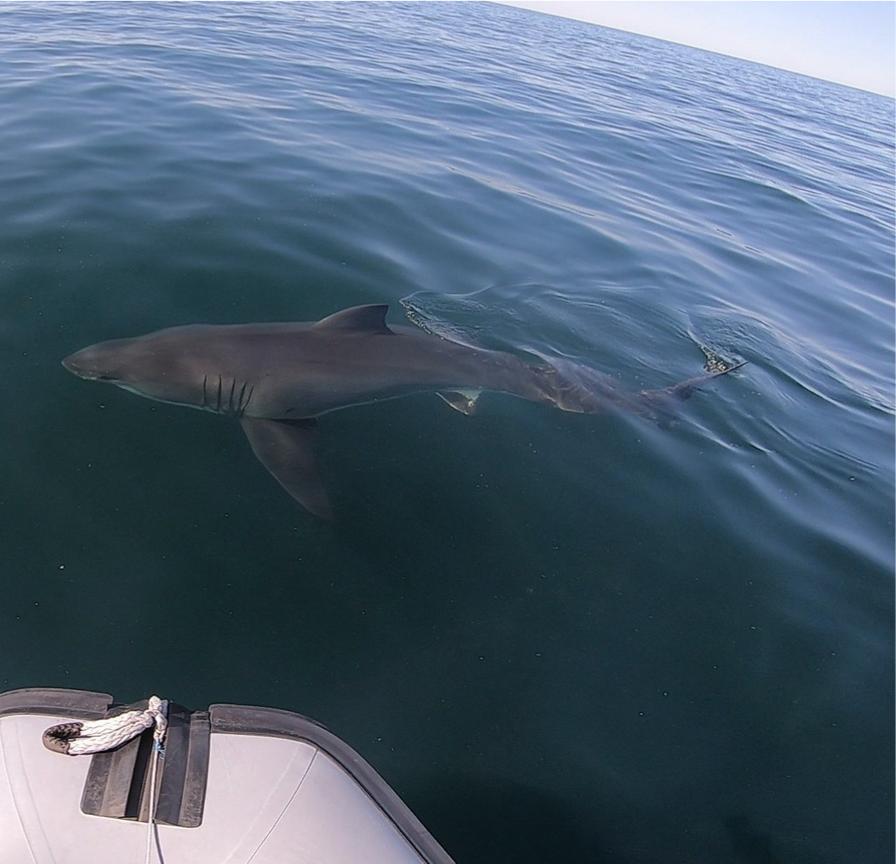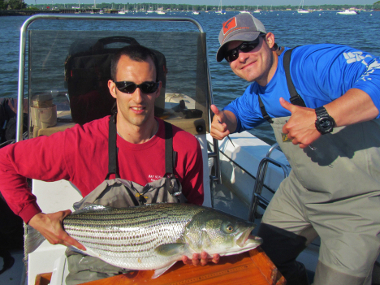Fish
Please Note:
- Do not handle or go near wildlife, for your safety and theirs!
- The time of year is important to consider when monitoring. Note the active season for each species.
- If you are unsure of how to identify a sighting, contact the host organization or review the provided resources before you submit data.
- Note that certain surveys require a type of training to participate.
- Rescue information is provided for certain species if found injured or distressed.
If you would like to use data from the wildlife monitoring surveys for school projects or other purposes, please reach out to the host of the survey to gain permission to use.
River Herring Monitoring
Host/Lead Collaborators:
Seatuck Environmental Association
Peconic Estuary Partnership
Long Island Sound Study
Resources:
River Revival Story Map
Training:
Training events held in early March by the hosts
– Training Workshop South Shore
– Training Workshop East End
– Training Workshop North Shore
Active Season:
Spawning season (early March-mid May)
Habitat:
Travel from ocean through brackish water to freshwater streams for spawning habitat. Freshwater streams is heavily focused on for survey goals.
Survey Contact:
staff@seatuck.org

Coastal Shark Monitoring
Host/Lead Collaborators:
New York State Department of Environmental Conservation
Resources/Information:
The Shark Spotter survey is available for the public to submit observations of sharks in NY waters. The observations you submit will help biologists record the presence of sharks and will also help to further the understanding of local shark ecology and behavior. To see other shark sightings, visit the Shark Spotter Public Viewer: https://arcg.is/OKr8a
Training:
Not required
Active Season:
Spring – Fall
Habitat:
Atlantic Ocean and bays and estuaries around Long Island
Survey Contact:
fw.marine@dec.ny.gov

Artificial Reef Fishing/Diving Monitoring
Host/Lead Collaborators:
New York State Department of Environmental Conservation
Resources/Information:
NYSDEC Artificial Reefs Interactive Map
Artificial Reefs in New York
Training:
Not required
Active Season:
All Year
Habitat:
– Two in Long Island Sound
– Two in Great South Bay
– Eight in the Atlantic Ocean on the south shore of Long Island.
Survey Contact:
artificialreefs@dec.ny.gov

Striped Bass Monitoring
Host/Lead Collaborators:
New York State Department of Environmental Conservation
Resources/Information:
Striped Bass Cooperative Anglers Program
Training:
REQUIRED* – contact SBCAprogram@dec.ny.gov
Active Season:
Spring – Fall
Habitat:
Atlantic Ocean and bays and estuaries around Long Island
Survey Contact:
SBCAprogram@dec.ny.gov

Atlantic Sturgeon Monitoring
Host/Lead Collaborators:
New York State Department of Environmental Conservation
NOAA Fisheries
Resources/Information:
Sturgeon are particularly susceptible to being caught as bycatch in gillnet and otter trawl fisheries, or potentially getting struck by moving vessels during their migrations. Deceased sturgeon may wash up on beaches on Long Island, and it is important to collect information about these mortality events. NYSDEC relies on assistance from the general public and encourage individuals to report any sturgeon they may come across for the Atlantic Sturgeon Salvage Program
Training:
Not required
Active Season:
Spring – Fall
Habitat:
Atlantic Ocean and bays and estuaries around Long Island
Survey Contact:
Report sturgeon by calling 631-444-0444 or emailing fw.marine@dec.ny.gov

